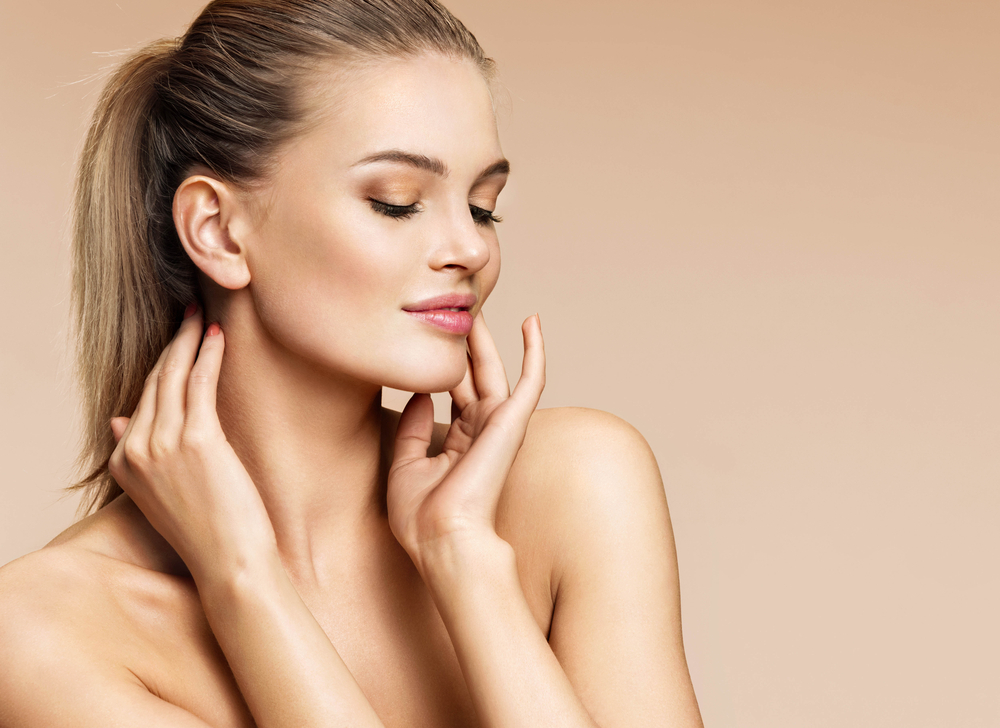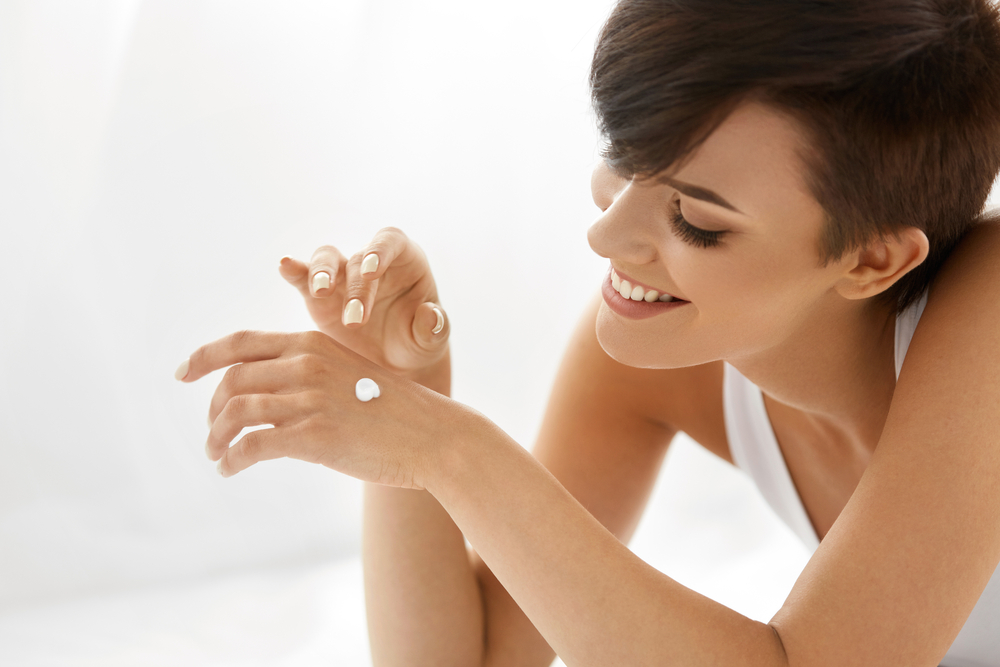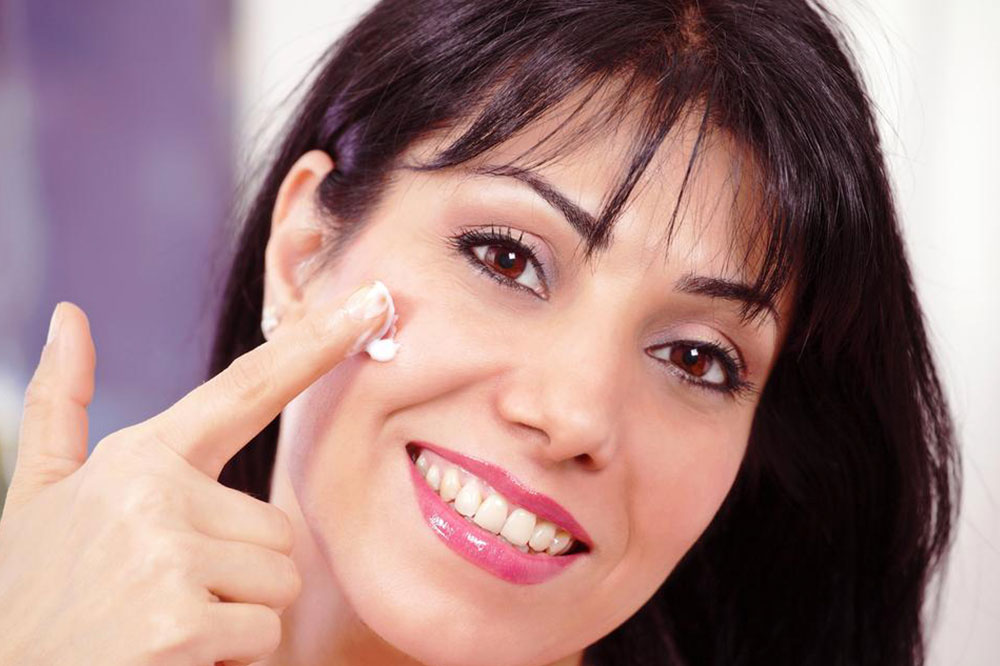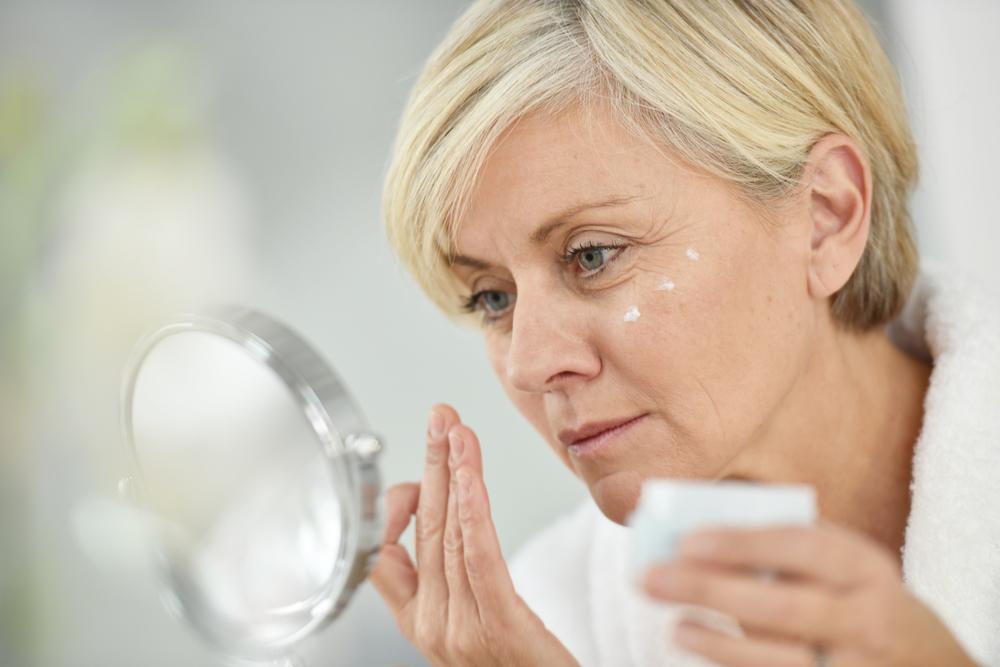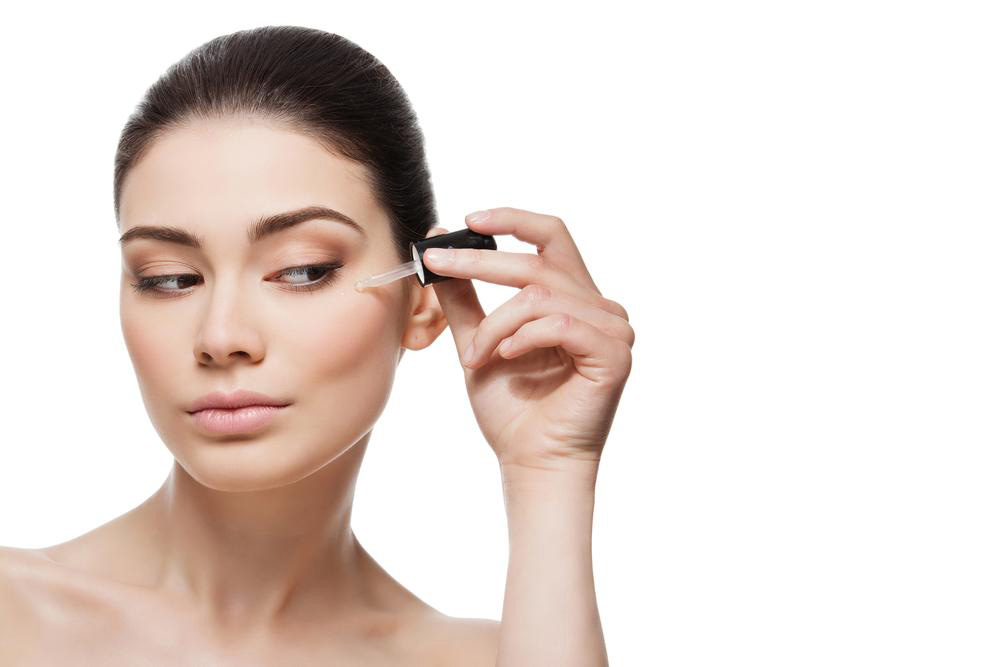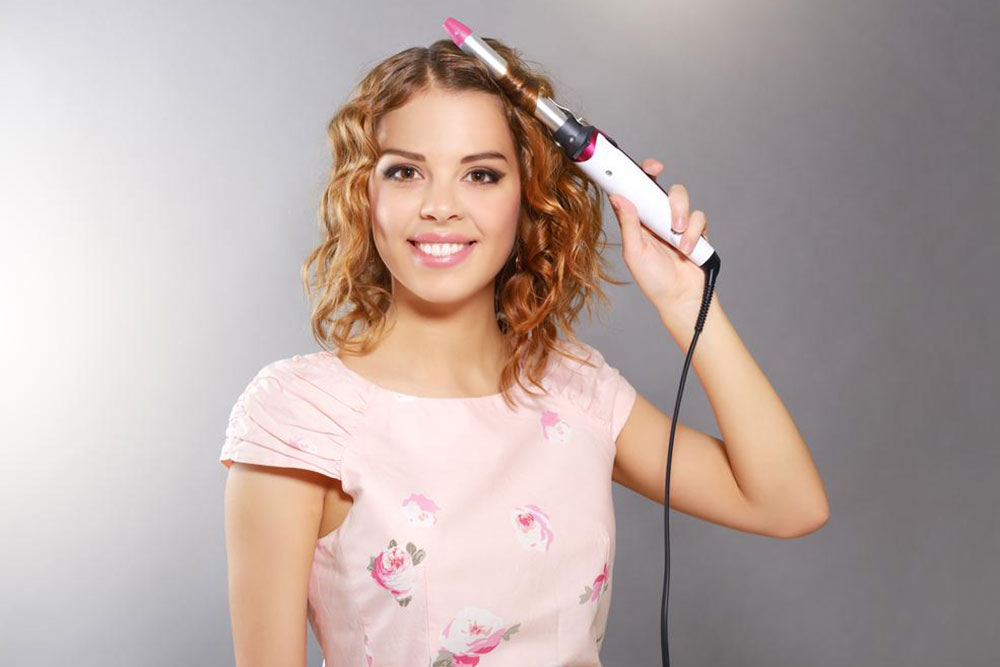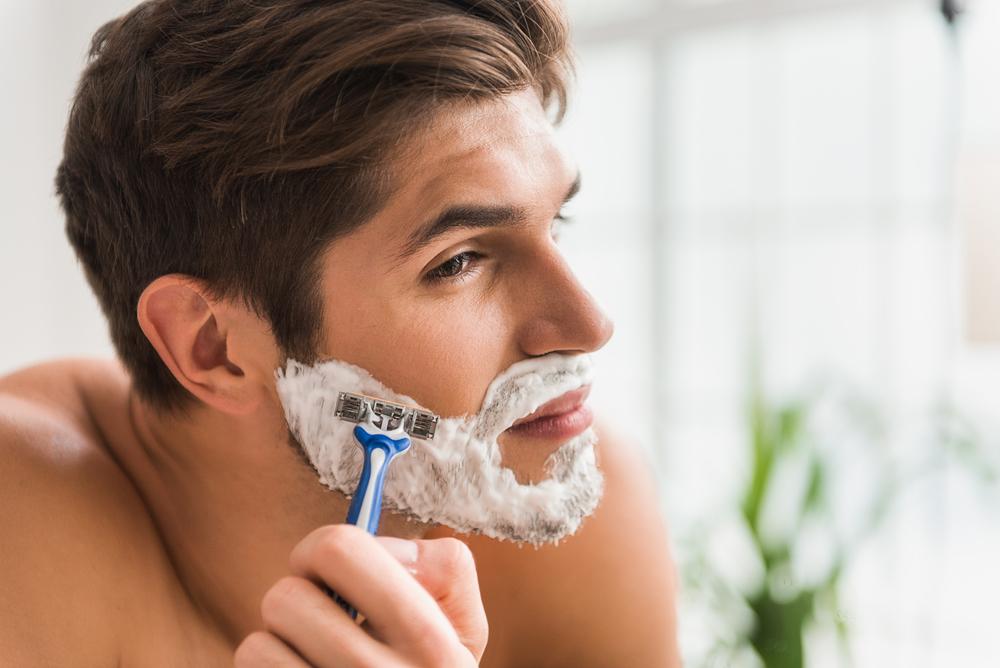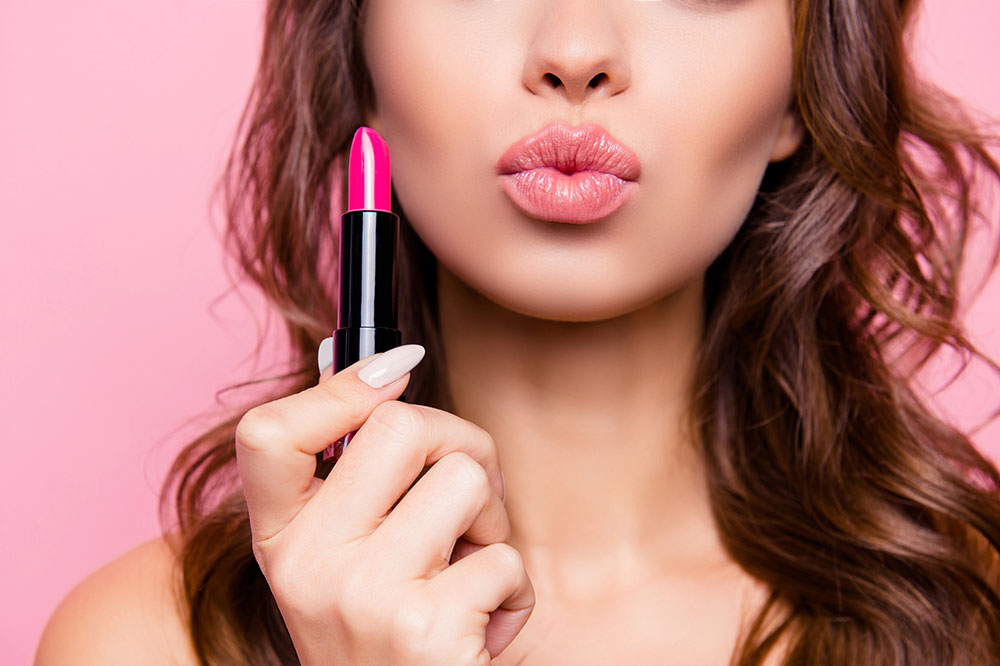Essential Components for Effective Wrinkle Fight Products
Discover the essential ingredients to look for in wrinkle repair products that effectively combat signs of aging. From collagen boosters like peptides and retinol to antioxidants such as Coenzyme Q10 and Vitamin E, these components promote healthier, youthful skin. Hydroxy acids aid in exfoliation for smoother appearance, making these ingredients a must-have in anti-aging skincare routines.
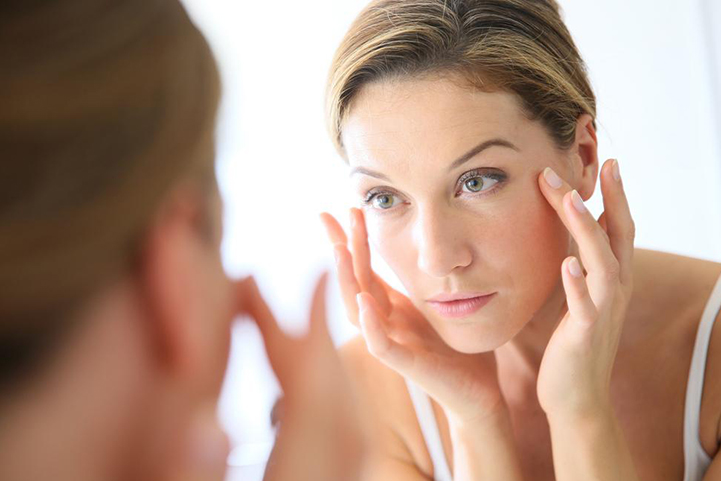
Most Effective Ingredients in Anti-Aging Skincare
Key Ingredients to Seek in Wrinkle-Reducing Products:
Coenzyme Q10
Wrinkles are often caused by decreased collagen, a vital skin protein that maintains elasticity. Coenzyme Q10, a natural enzyme produced in our cells, fights free radicals that damage collagen. As natural production declines with age, using products enriched with Coenzyme Q10 helps replenish this enzyme and combat aging effects.
Retinol
Known as Vitamin A1, retinol is a powerful antioxidant that shields skin from UV damage and environmental free radicals. It promotes cell regeneration and boosts collagen synthesis, effectively reducing the appearance of wrinkles.
Vitamin E
This vitamin protects skin from free radical damage, enhances hydration, and prevents dryness— a common cause of wrinkles. It also helps combat acne, diminish pigmentation, and soothe sensitive skin.
Peptides
Peptides are short chains of amino acids that stimulate collagen production, firming the skin and reducing wrinkles. Their small size allows deep penetration into the skin, delivering essential nutrients like copper and magnesium, and some act as natural botox alternatives.
Hydroxy Acids
Commonly used in skincare, hydroxy acids include Alpha Hydroxy Acids (AHA), Beta Hydroxy Acids, and Poly Hydroxy Acids. AHAs are popular for their exfoliating properties, removing dead skin cells, unclogging pores, and fading dark spots. This process encourages new skin growth, resulting in smoother, brighter skin. Products with 2-10% AHAs are typical, but higher concentrations may require medical supervision to prevent irritation.
Note:
The information shared on our platform covers various topics to provide valuable insights. However, it should not replace professional advice. The team is not responsible for discrepancies or inaccuracies and recognizes that some offers and schemes may vary beyond what's discussed here.


